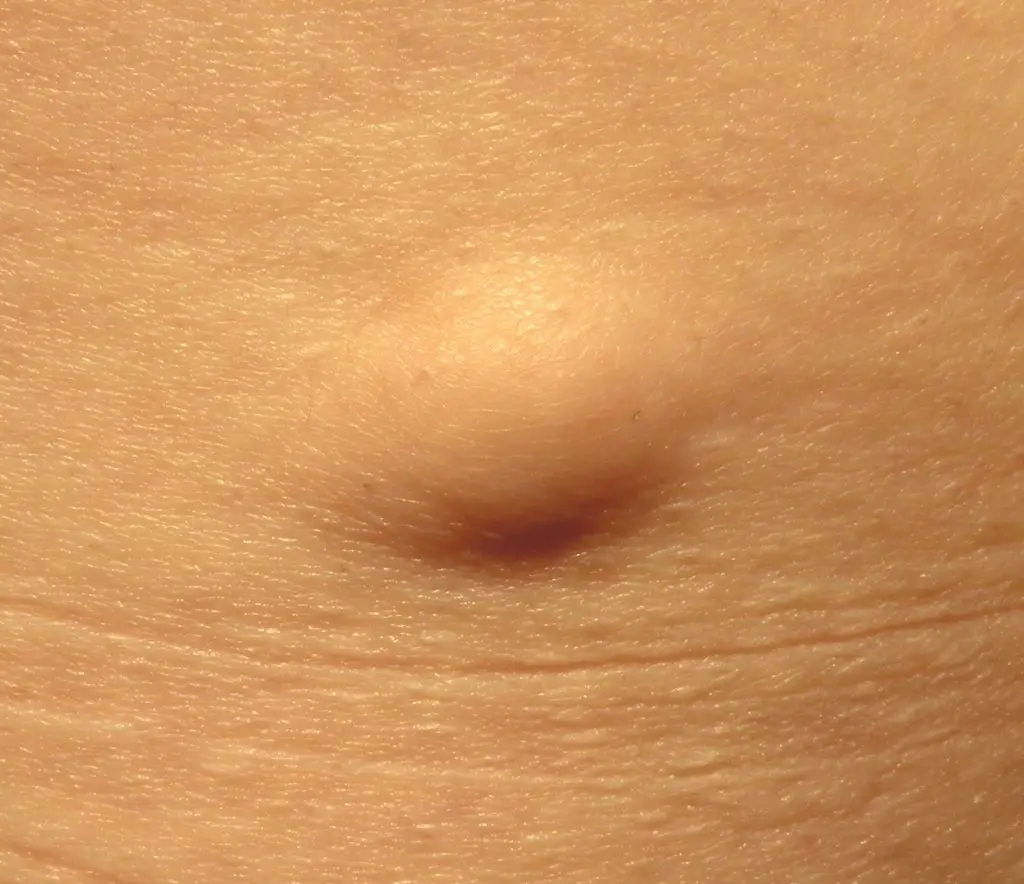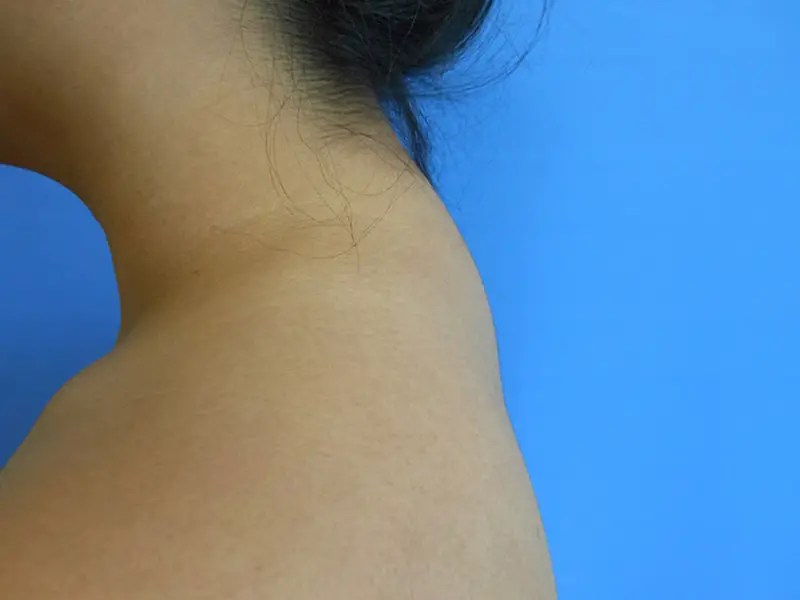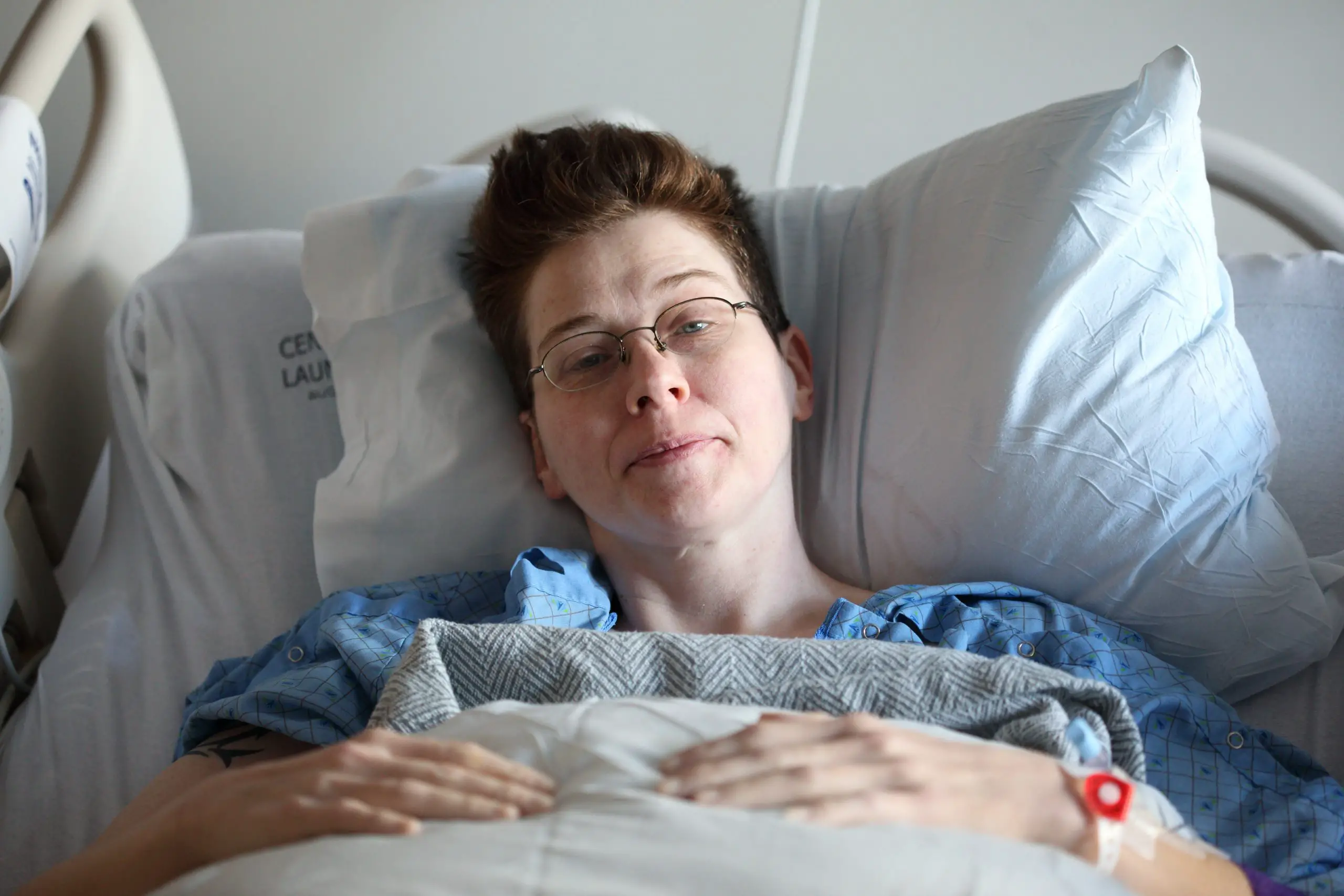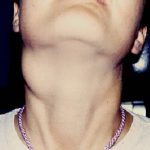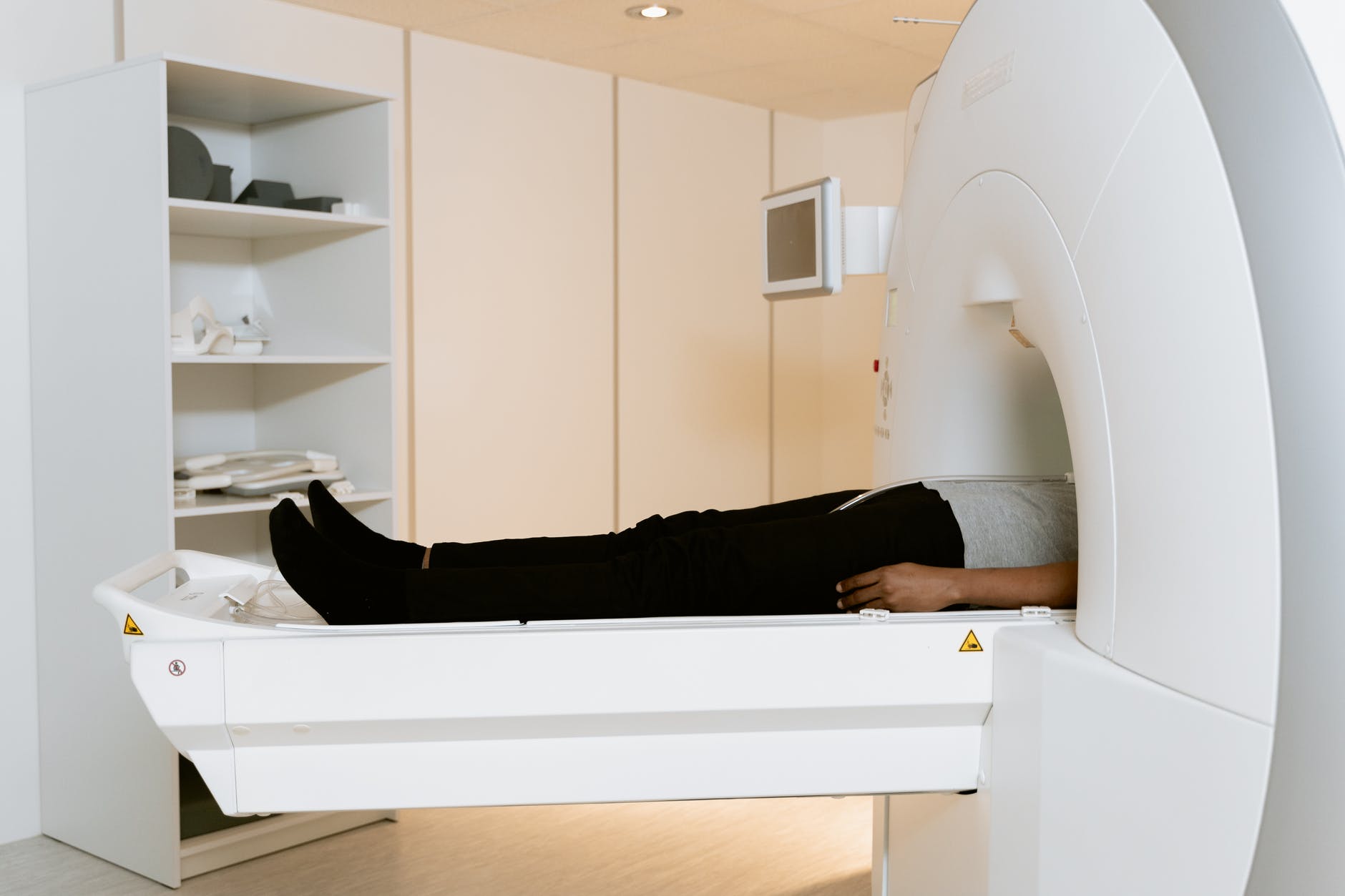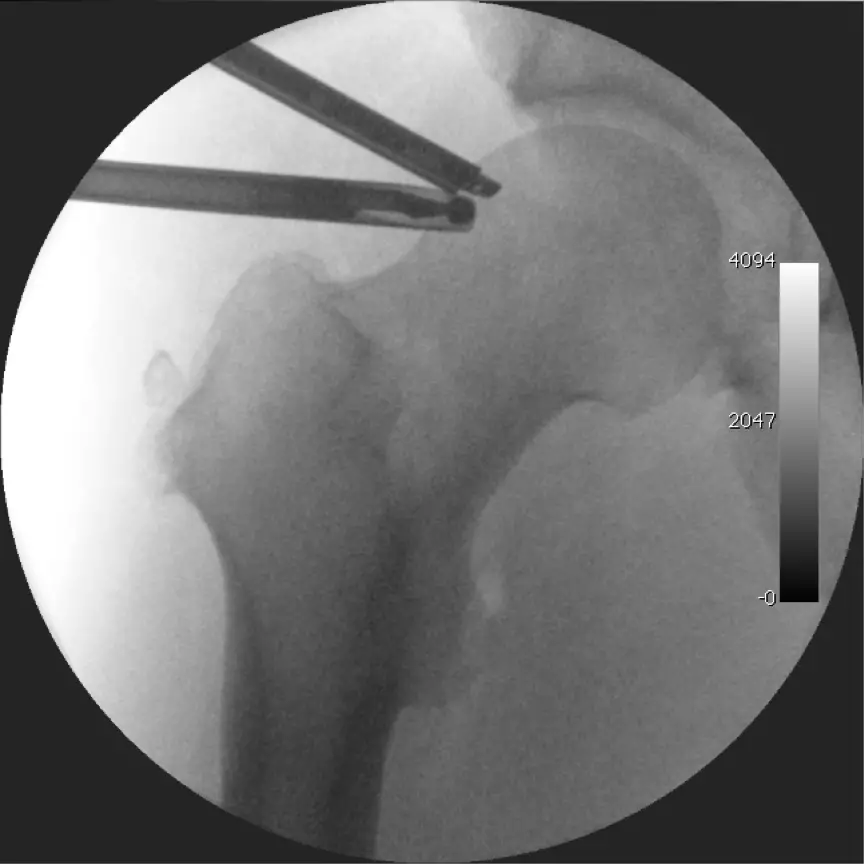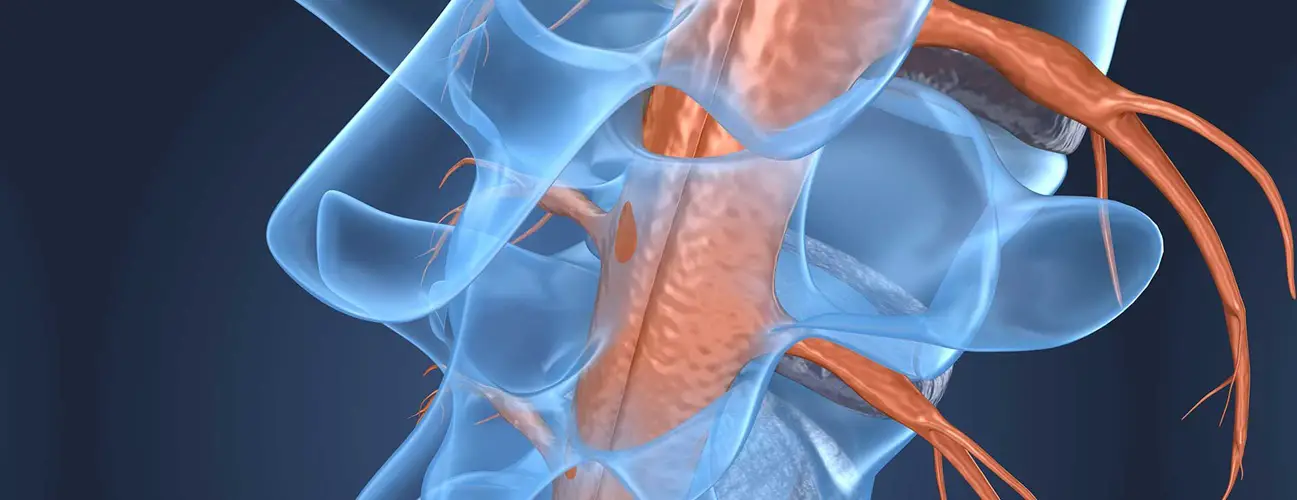Le lipoma is a fairly common condition that affects approximately 2% of the world's population. It's a tumor benign formed of fat which usually sits under the skin.
Although it is not painful and there is practically no risk of it degenerating, the lipoma can sometimes appear embarrassing due to its volume or location. It is then possible to remove it with a small surgical intervention.
You have a back lipoma and you want to know more about this little ball of fat? We invite you to read this article which will provide you with all the information you need.
What is a lipoma?
Le lipoma, also called “adipoma”Is a mass gain greasy. A lump of fat that gradually forms, usually subcutaneously, until it reaches a certain size and stabilizes.
It's a tumor benign (non-cancerous), a build-up of adipose (fatty) tissue that does not represent a health hazard.
Lipomas most commonly develop under the skin. The back, arms, thighs, shoulder girdle, torso and scalp are frequent locations of these fat balls. It is sometimes confused with a bison hump (at the cervical level) or a cyst (cervical ou lumbar).
However, they can also be located at the level of muscles (especially those on the back) and organs such as lungs, liver, colon…
To understand what a lipoma is, it distinguish three main types:
- The circumscribed lipoma: it is a type of lipoma that forms at the level of cellular tissues, under the skin or within a muscle (intramuscular lipoma or deep lipoma). The areas most frequently affected are the of , neck, shoulders and thighs. Some people may have multiple circumscribed lipomas in the body. We are then probably dealing with a lipomatosis, a fairly rare genetic disease.
- Diffuse lipoma: it is also a benign tumor, but unlike the previous type, the diffuse lipoma is a larger deposit of fat whose the boundaries are less clear. It can for example concern the entire region of the neck. Diffuse lipomas tend to reoffend after surgery, they reform in the same region. Fortunately they are much rarer than circumscribed lipomas.
- Adenolipomatosis: these are multiple lipomas disseminated in different parts of the body, especially at the level of the upper part (head, neck, upper trunk, etc.) and which are accompanied by lymphadenopathy (increase in the volume of the lymph nodes).
What causes lipoma?
Lipoma is known to develop whena group of adipocytes begin to store excessive fat. But, the mechanism behind this phenomenon remains a mystery.
What is certain is that genes play a key role in this pathology, because the people who are affected very often have one or more family members who are also affected (family background, genetic predisposition).
There have been cases where these balls of fat have appeared following injury minor, but the connection between these two events has not yet been clearly explained.
The frequent localization of back lipoma is explained by the important cutaneous surface of the latter and its very great richness in deep and superficial muscles.
How is a lipoma diagnosed?
The diagnosis of a lipoma on the back, or any other location of this ball of fat, uses three main tools:
- The interrogation: it specifies the family history of lipoma (genetic predisposition), the age of the mass, presence or absence of pain, etc.
- The clinical examination: inspection and palpation are the two parts of the physical examination that provide the physician with the most information about the mass. The characteristics of the subcutaneous lipoma are: circumscribed or diffuse swelling (depending on the type of lipoma), no redness or heat of the skin opposite, soft or elastic consistency, not painful, mobile with respect to the deep planes.
- Ultrasound and magnetic resonance imaging (MRI): allows to study in more detail the composition of the lipoma (echogenicity), its limits, its relationship with neighboring structures…
- The biopsy: only examination of certainty which makes it possible to confirm the diagnosis of lipoma, because it studies the precise composition of the mass (we find adipose cells stuffed with fat).
When dealing with a mass gain deep (at the level of an organ or muscle for example), we can use more efficient examinations such as MRI or scanner.
What is the treatment for a back lipoma?
Lipoma is a affection benign. When it is small, not painful and does not represent an embarrassment from the aesthetic point of view, it is not necessary to remove it. Some lipomas are even able to disappear spontaneously (we still can't explain this phenomenon, but it does exist…).
But when the lipoma causes pain (this is possible if it compresses a nerve or an innervated structure) or functional discomfort, is a source of discomfort, psychological complex or increases in volume, it is possible to proceed with its removal.
Support includes several means surgical et medicated to treat a back lipoma. Some allow you to remove it completely, others only reduce its volume or stabilize it:
Surgical flap
The first possibility is surgical removal of the lipoma. It is an intervention which consists of incising the skin next to the mass, removing all of this ball of fat before closing it with sutures.
This intervention is called “lipectomy”. It is usually carried out on an outpatient basis under a single anesthesia local. The patient leaves the hospital the same day, without his lump of fat… But in some cases, the complexity of the operation requires it to be performed under general anesthesia (multiple lipomas, deep locations, delicate areas…).
The removed mass is systematically sent to a laboratory pathological anatomy (anapath) for histological analysis. This step is very important because it allows you to confirm the benign nature of the tumor, that it is indeed a lipoma (benign) and not of a liposarcoma (malignant or cancerous).
The second possibility is lipoma liposuction. This method consists of sucking out the contents of these balls of fat using a device similar to that used in classic liposuction.
This option has the advantage of not leaving scars. However, it does not remove the envelope of the lipoma. This leaves him the possibility of reoffending after a certain time.
Medical component
Some drugs are used for the purpose of stabilize the size of the lipoma or reduce it slightly. It is used in a particular way in people who cannot undergo surgery (incompatible state of health, refusal, etc.) or in the case of multiple lipomas that are difficult to manage (certain hereditary lipomatosis).
The drugs in question are represented mainly by corticosteroids (by injection) and anti-inflammatories.
What about natural remedies?
Although they are not supported by solid scientific evidence, several natural products and home remedies are used to treat lipomas, especially for their anti-inflammatory power. If you are interested in this option, it is best to discuss it with your doctor beforehand, in particular to avoid drug interactions and side effects.
Here is a non-exhaustive list of plants and essential oils that are effective in controlling pain and inflammation. The products are available on the site Country. Use promo code LOMBAFIT15 if you wish to obtain one of the following products, or any remedy aimed at relieving your symptoms and improving your quality of life:
- Turmeric. Thanks to its antioxidant and anti-inflammatory powers very powerful, turmeric is one of the most used plants in a culinary and therapeutic context. The composition of turmeric is essentially made of essential oils, vitamins (B1, B2, B6, C, E, K) and trace elements. But it is to its composition rich in curcumin and curcuminoids that we owe them and calm skin of this spice.
- Ginger. In addition to the special flavor it brings to the kitchen and its aphrodisiac properties, ginger is a root well known for its anti-inflammatory powers. the gingerol gives it its anti-inflammatory action. It is an active component acting on the inflammatory pain related to chronic joint inflammatory diseases, including rheumatoid arthritis, lupus, rheumatic diseases, etc. It has been proven that this active element is also effective in acting on the inflammation linked to arthritis and sciatica. Ginger also has other benefits thanks to its high potassium content and its richness in trace elements (calcium, magnesium, phosphorus, sodium) and vitamins (provitamin and vitamin B9).
- Omega-3s. Omega-3s are polyunsaturated fatty acids that play a very important role in the functioning of our body. They are provided by food in three natural forms: docosahexaenoic acid (DHA), alpha linolenic acid (ALA) and eicosapentaenoic acid (EPA). Beyond their action on the brain and the cardiovascular system, omega-3s prove very effective against inflammation. Indeed, they have the ability to act on the inflammatory mechanisms in osteoarthritis by slowing down cartilage destruction, thus they reduce the intensity of osteoarthritis pain. Sciatica, being most often linked to an inflammation secondary to a herniated disc, it can also respond to omega-3 provided it is consumed regularly.
- Lemon eucalyptus. Eucalyptus is a plant most often used in the form of herbal tea or essential oil. She would have anti-inflammatory effects which give it the ability to act on the bone and joint pain in general and the pain of sciatica in particular.
- wintergreen. Wintergreen is a shrub from which a very interesting essential oil is extracted. It is one of the most used essential oils in aromatherapy. This oil extracted from the shrub bearing the same name, is used in massage to relieve sciatica and act like a analgesic. Indeed, it provides a heating effect thanks to its ability toactivate blood circulation locally.
Recovery after removal of a lipoma on the back
Lipectomy is a simple procedure which, most often, does not require hospitalization or long recovery periods. It is quite possible to return to a normal socio-professional life as soon as you leave the hospital.
However, you should avoid swimming for 2 to 3 weeks after the operation in order to heal well and avoid infection of the operated area.
The advantage of lipectomy is that it removes the entire tumour, which makes it possible to avoid recurrences (the lipoma does not reform in the vast majority of cases). However, it leaves scars that can sometimes be unsightly.
In order to limit the size and appearance of the latter as much as possible, it is possible to call on a surgeon plastic. It is also possible to use creams Special which promote healing and improve the appearance of scars.
Projects
[1] MR Ouzaa et al., "Giant Soft Tissue Lipomas: About Five Cases and Review of the Literature", Moroccan Journal of Orthopedic and Traumatological Surgery, No 76, 2018.
[2] Y. Najaf, C. Cartier, V. Favier, and R. Garrel, “Symptomatic cervical lipomas”, French Annals of Otolaryngology and Cervico-facial Pathology, flight. 136, no 2, p. 129-131, 2019.
[3] A.Fuchs et al., "Fatty tumors of the soft parts of the limbs and girdles in adults", J radiol, flight. 83, no 9 Pt 1, p. 1035-57, 2002.
My name is Katia, I am specialized web editor in writing medical articles. Being passionate about medicine and writing, I set myself the goal of making medical information accessible to as many people as possible, through the popularization of even more complex scientific concepts.

